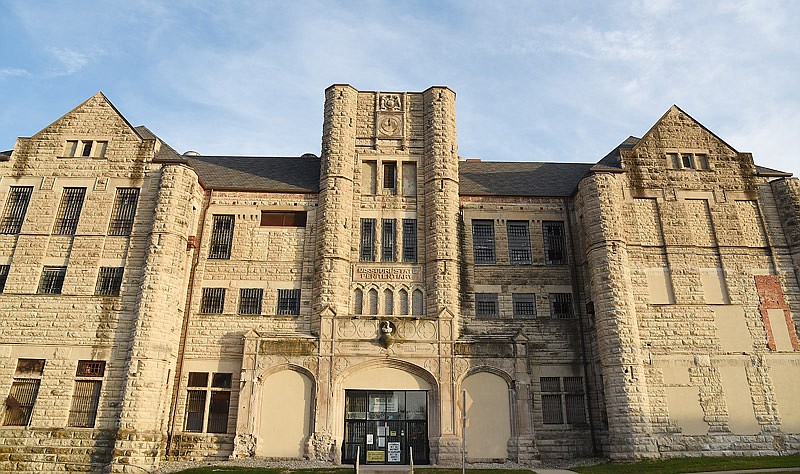Jefferson City's Convention and Visitors Bureau is continuing its tourism marketing magic - convincing people to pay their hard-earned money to go to prison.
In fiscal year 2016, 32,000 people toured the old Missouri State Penitentiary (MSP), a 25 percent increase over last year and 10 times as many visitors as in 2009.
To some that might sound akin to handing over small treasures for the privilege of whitewashing a fence for Tom Sawyer. But, like Alcatraz, people are fascinated with decommissioned prisons with long or fascinating histories.
Ours has both:
Shuttered in 2004, it was the oldest continuously operated prison west of the Mississippi River, having been used for 168 years.
James Earl Ray escaped from the prison in 1967, hiding in a large box used to ship loaves of bread. Nearly a year later, he assassinated civil rights leader Martin Luther King Jr.
Sonny Liston learned boxing at MSP after entering in 1950. The publisher of a St. Louis newspaper saw his talent and convinced the Board of Probation and Parole to release him, with the promise that Liston would be trained as a boxer. By 1953, he had won the National Heavyweight Championship.
The prison gained the reputation as "the bloodiest 47 acres in America" after the 1954 prison riots there. That dark moniker has helped the former prison's mystique as haunted grounds. TV shows such as "Ghost Hunters" have featured the prison, and the CVB has capitalized by holding ghost tours, among other themed tours.
These are just a small sampling of the fascinating stories from the prison's past.
The CVB has proved it can turn lemons into lemonade by turning a series of aging buildings that don't contribute to the tax base into a profitable tourism destination spot.
But the state, which owns the property and leases it to the CVB, hasn't been willing to give up ownership of the grounds. Neither has the state given long-term assurance that the bureau will be able to keep the tours going, or allow local interests to perform needed maintenance on the prison buildings.
The state has worked cooperatively with local officials on mold remediation there, and allowed a concert to take place there over the 4th of July weekend. But it also blocked an attempt to nominate MSP to the National Register of Historic Places, saying only individual buildings should qualify.
Meanwhile, multiple agencies have invested in road improvements leading from MSP to a new interchange on Whitton Expressway.
Art Hernandez, chairman of the city's Historic Preservation Commission, said of the prison in May: "It defines a lot of what Jefferson City was for the first 150 years; it was the economic powerhouse of the city."
Thanks to the CVB, it is again an economic powerhouse. They, along with other stakeholders, including historic preservationists, have lobbied for more control.
Hopefully, the state will take note of the CVB's successes and give the agency more leeway to work its tourism marketing magic in the future.

